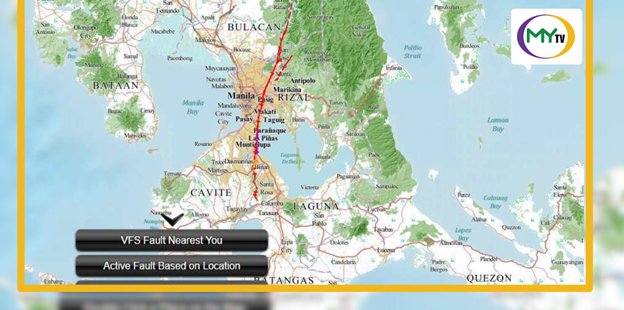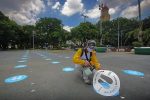If a 7.7 magnitude earthquake will hit Metro Manila 50,000 individuals could die – PHIVOCS


Faultlines cut across a large part of Metro Manila keeping the metropolis in danger of an 0ver magnitude 7 quake. (file photo)
The Philippine Institute of Volcanology and Seismology (PHIVOLCS) said we are more prepared if another major earthquake of magnitude 7.7 will hit the country.
PHIVOLCS director Teresito Bacolcol said that the chances of a major earthquake happening today are still there, citing the magnitude 7.7 earthquake that hit Luzon in 1990 and the magnitude 8.1 quake in Mindanao in 1976.
“So the possibility that we will experience a magnitude 7.7 earthquake and above is always there.” He added.
The PHIVOLCS official made the statement following the magnitude 7.7 earthquake that hit Myanmar last week, which killed 1,700 individuals.
Experts have been warning of the so-called “Big One”, a magnitude 7.2 earthquake that could hit Metro Manila and nearby areas. If this happens, more than 50,000 individuals could die and at least 12% of residential buildings could be damaged.
However, PHIVOLCS said that Filipinos are more aware now of the impacts of earthquakes compared to several decades ago.
“We cannot be a hundred percent prepared, that’s quite impossible. But I would say that we are more prepared now than before. Malaki ang naitulong ng NDRRMC sa ating awareness dahil sa ginagawa nating quarterly earthquake drills. People are now more aware than 20 or 30 years ago about earthquakes and impacts of earthquakes,” said Bacolcol.
Phivocs are currently monitoring six trenches that are “capable of generating major and even great earthquakes” and producing tsunamis: East Luzon Trough, Philippine Trench, Cotabato Trench, Sulu Trench, Negros Trench, and Manila Trench, except Palawan.
He said except in Palawan, almost all parts of the Philippines have active faults. We have more than 180 active fault segments and six trenches, and these are all capable of generating light to major and even great earthquakes. So we really need to prepare for it.)
While the country could be more prepared now, the PHIVOLCS official said that there are still challenges that need to be addressed such as the retrofitting of infrastructures.
Further, PHIVOLCS advised families residing in high-rise buildings to determine the emergency exits and have an emergency kit – which includes flashlight, water, food, and medicines that are good for three months.






